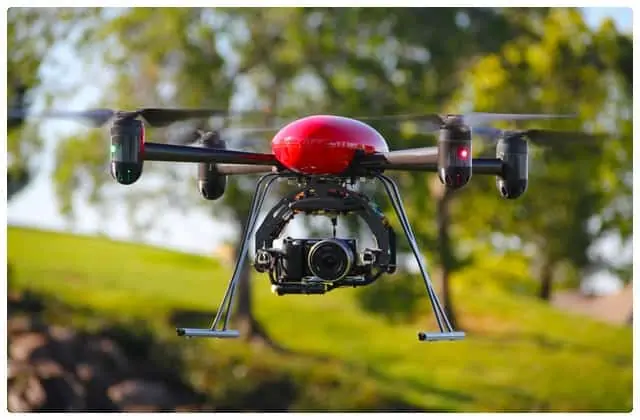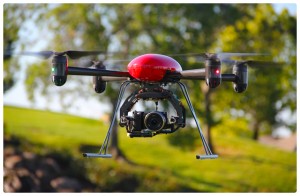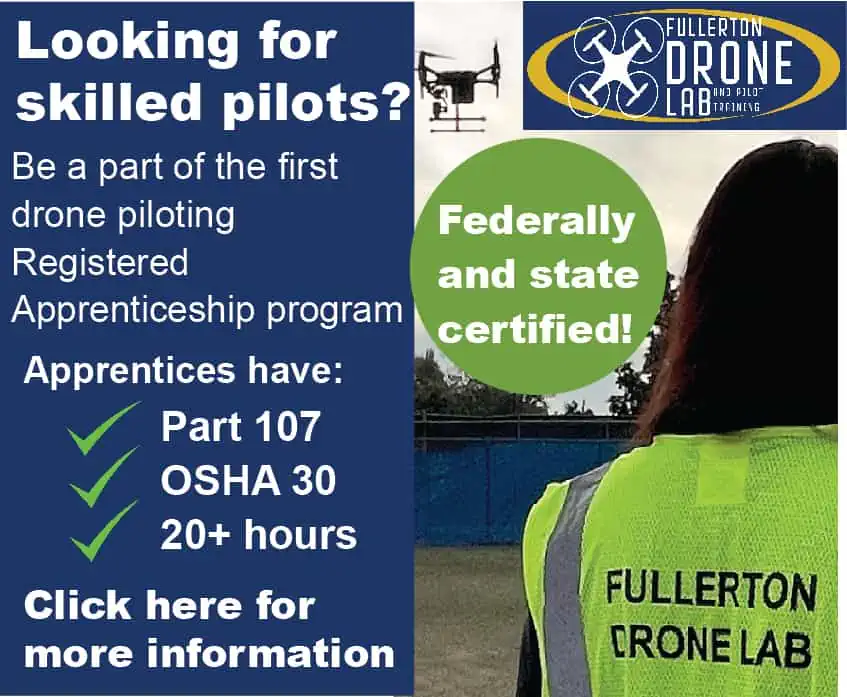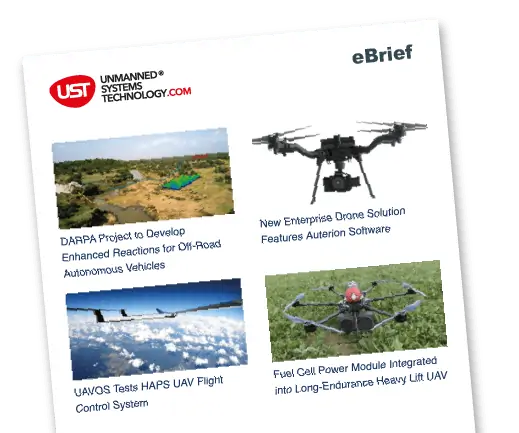

The Draganflyer X4-P Commercially Available UAV
The drone industry joined with state officials Tuesday in pressuring the federal government to stop dragging its feet and begin setting up vital test sites for unmanned aerial vehicles.
The Federal Aviation Administration was to have established by Aug. 12 the six locations where drones could be tested and studied in preparation for their eventual commercial and personal use.
Six weeks later, it still hasn’t happened, and many fear the U.S. could fall behind its competitors in aerospace technology if delays continue.
“While the U.S. has led the way in the field of aviation since the Wright brothers first took flight nearly 110 years ago, we currently find ourselves in jeopardy of losing our global advantage,” said Alaska Lt. Gov. Mead Treadwell in a recent letter to the FAA. Mr. Treadwell also serves as chairman of the Aerospace States Association, a coalition of state leaders promoting the future of aviation and related industries.
“This delay in establishing the test-site program could delay the entire [drone] integration process and continue the disturbing trend toward the U.S. losing ground in an industry posed to deliver on job creation,” he continued.
The burgeoning drone market, now the sole territory of military and law enforcement, will be opened to personal and commercial use in 2015. That expansion is expected to be an economic boon, as are the six FAA test sites, a congressionally mandated precursor to private drone use.
At least 30 states, including Maryland and Virginia, as well as Mr. Treadwell’s Alaska, have expressed interest in hosting the locations. While states would bear the costs of setting up the sites, hundreds if not thousands of government and aerospace industry personnel would move into the area for a period of years, greatly boosting local economies.
The FAA on Tuesday said it understands the importance of the sites to drone integration but said it needs to answer several questions — especially those dealing with privacy and Fourth Amendment fears — before moving forward.
“The agency is working to ensure the safe integration of unmanned aircraft. This involves gaining a better understanding of operational issues, such as training requirements, operational specifications and technology considerations,” the agency said in a statement. “Increasing the use of [drones] in our airspace also raises privacy issues, and these issues will need to be addressed as unmanned aircraft are safely integrated . We are evaluating options for appropriately addressing privacy concerns regarding the expanded use of [drones]. We are working to move forward with the proposals for the six test sites as quickly as possible.”
Meanwhile, as the FAA continues its work, states are jockeying to be selected, and several hosted booths at the drone industry’s Las Vegas convention earlier this year to make their pitches.
To spur the government into action, the sector is pushing itself as a job creator, with the FAA’s inaction being all that stands in the way of thousands of new, good-paying jobs in aviation technology.
“The FAA test-site program is critical to a safe and responsible integration, as well as bringing jobs and economic investment to the recipients of the test-site designation,” Michael Toscano, chairman of the Association for Unmanned Vehicle Systems International, said in a statement on Tuesday.
Despite the setbacks, the FAA has remained open to and optimistic about the future of unmanned aviation and commercial drone use in U.S. airspace, and acting FAA Administrator Michael Huerta reiterated that to drone industry leaders at their annual convention last month.
“We’re dedicated to working with stakeholders in this growing industry … . What we’re working on is defining the parameters of safe integration of these very diverse systems into the world’s most complex airspace,” he said.
Source: Washington Times


















